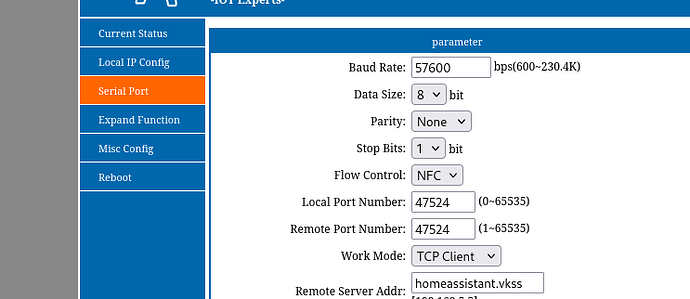ASEKO Announcement Changes to “Pool Live” and “Pool Remote”
Aseko Asin
UPDATE 2024-09-25! The great creators of the HA Aseko Integration have done work to make it run with the new API so should be fine. As the manufacturer will produce a specific API for Smart Home systems around the beginning of 2025. There might be more upcoming updates to the integration but for now you should be able to run it with the basics as before without disruptions. All post below is if you have the knowledge and want to go further with moving it locally. Aseko won’t share any documentation so we’re trying to figure things out.
Note! After posting this it has come to my attention that there is an option to send the data locally to an own built Python app or using Node-Red. The downside is that you cut the data flow to the Aseko server meaning you won’t get any data for the official Website or the App. Plus its more work and I recommend that you have some good knowledge and understand what you’re dealing with. However in my case I prefer to have the data in HA as its accessible to all family members. What I will do when the HA integrations is back up and running… we will see. Hopefully this blogg will help you if you want to go down the same route. Good Luck!
Link to Integration Documentation
Dear fellow users of the Aseko Pool Dosing System and Home Assistant! And the great creator of the Integration. (Thanks by the way for creating this integration for us.)
How will ASEKOS changes affect our Smart Home setup when changes are made to their API, Web Interface and Apps?
In their message:
"We are pleased to inform you that during the week of September 10th to 15th, 2024, we will be releasing significant updates to the Aseko POOL Live and Aseko POOL Remote apps. These updates are essential for the continued use of ASEKO applications. **Without installing them, the apps will no longer be functional.
We will notify you by email on the day the updates are released on the App Store and Google Play."
end of message
STOP WORKING?!*
The engineering of the Aseko system seem to be changing totally meaning there might be issues with all non official created developments. The only way that have helped us smarthome users to integrate the Aseko sensors into our main platforms.
If there will be an easy way to change, upgrade the current app and get the sensor data is hard to say until we know what they’ve done… And it will be incredible sad if there isn’t a way to continue using this function.
An email sent to Aseko to get more information…
The answer:
- “Unfortunately, the integration for smart home is not yet integrated. And the api end point which was previously used for open source integration will stop working.However, we will open an API endpoint for this propose and it should be available in the beginning of next year.”
end of message
? Was there an open source integration? I did not know there was one! There is no documentation available, no guidelines on how to find out how to use this open source integration… strange. hmm
Great to hear that there will be an API endpoint… however it’s severals month away and they don’t seem to understand how important the smarthome community is. It doesn’t seem to be a priority.
Is there a way for us to put pressure on by creating a list with signed names from users telling them “we are important”? How many users of the app?
Would be good to get your opinions please





